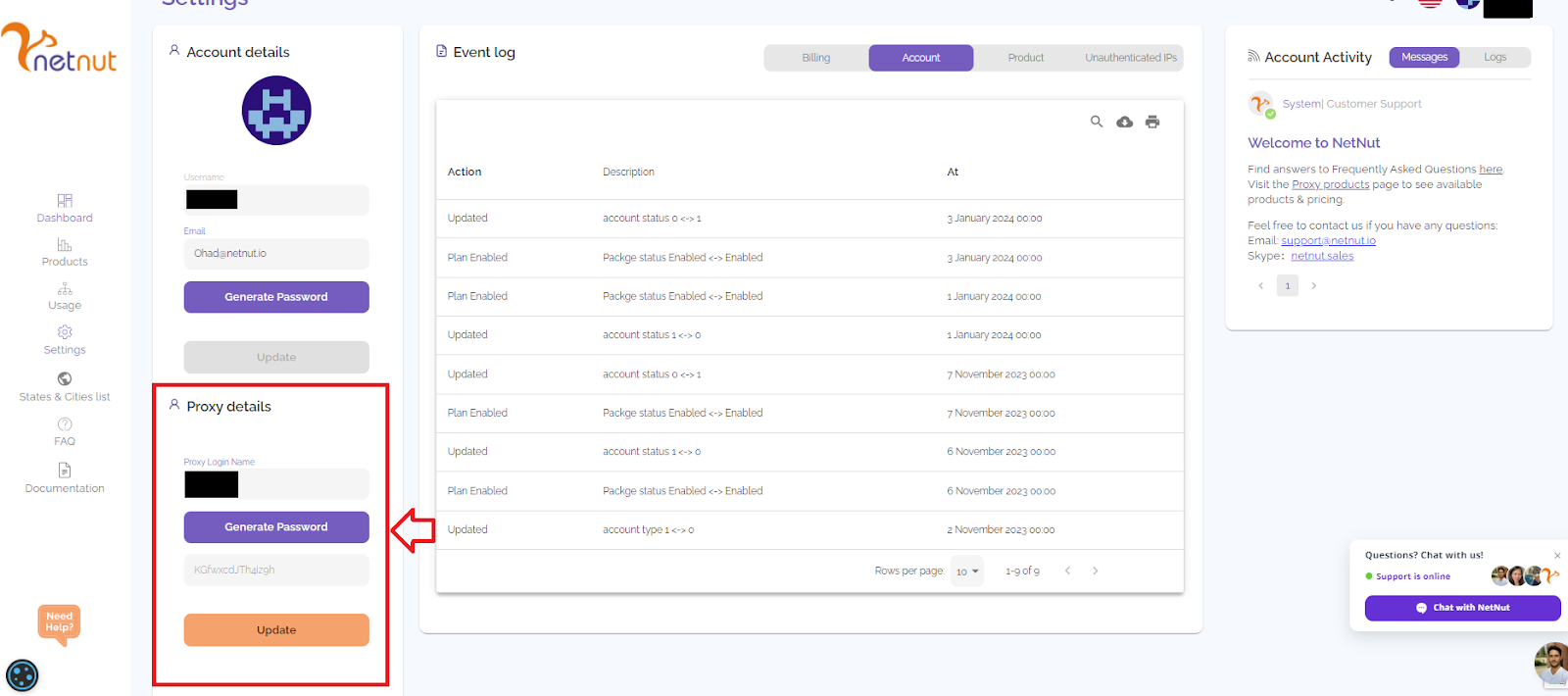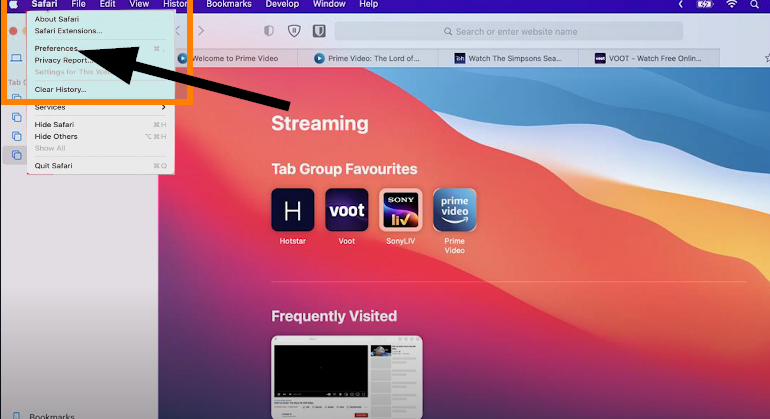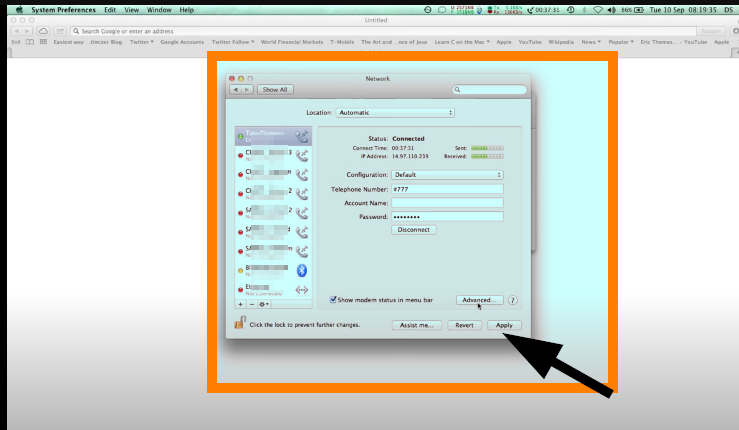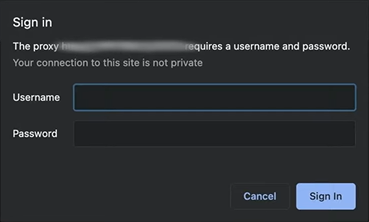Introduction to Safari Browser
Safari, one of the most popular browsers in the world, was released in 2013. Since it is Apple’s native browser, apple users tend to have more access to the browser. Safari has built-in security and privacy features. As a result, it automatically blocks specific trackers as you are surfing the web.
While Safari has excellent security features, you can take it a step further by integrating NetNut proxies with it. These proxies provide an additional layer of security and anonymity when you are browsing.
Subsequently, this guide will examine NetNut proxy settings and how to integrate them with NetNut.
Understanding NetNut Proxy Configuration
There are various proxy types so when integrating NetNut proxies, choose HTTP or SOCKS5 protocol.
This is an example of a proxy string for a browser:
USERNAME-stc-uk-sid-123456789:PASSWORD@gw-am.netnut.net:5959
Step 1: Hostname Configuration
Copy the hostname/server address provided by NetNut
Example: Type gw-am.netnut.net into the host field if you are using HTTP protocol. Alternatively, type gw-socks-am.netnut.net for SOCKS5 protocol
Step 2: Port number Configuration
The Port number for NetNut HTTP proxies is 5959 and 9595 for SOCKS5
Step 3: Username Configuration
Username is your login, which you can find in your NetNut account in Settings -> Billing.
Proxy-type is the proxy type that you use. NetNut provides three different proxy types depending on your subscription plan. Your username should have three components including your user ID, type of proxy( residential, datacenter, static) and target country.
- dc — datacenter;
- res — rotating residential proxy;
- stc — static residential proxy.
Country is the country whose IP addresses will be used for connection. You can choose “Any,” in which case any available country will be used, or you can provide the ISO code of a specific country from the list of NetNut’s available countries: e.g., jp (Japan), fr (France).
Example: ticketing123-res-us
This is where you get the proxy username and password from the customer portal. You can also get in touch with your account manager if you’d like additional assistance.
Step 4: Consistent IP session
While NetNut provides rotating IP addresses, you may want a static IP address. This can be useful when you want to maintain your session via the same IPs. Then you need to incorporate a session id (SID) with your username.
How do you choose a SID?
- Choose a number between 4 to 8 digits
- Ensure the numbers are random and non-sequential to protect your IP address
For example: ticketing123-stc-us-SID-435765
Step 5: Proxy password.
Insert the confidential NetNut proxy password
Understanding how to Configure Proxies on Safari Browser
Step 1: On your Safari Browser, click on Safari on the top left corner of the page and select Preferences from the drop-down menu.
Step 2: On the new window, click on Advanced; go to Proxies and Change Settings
Step 3: The proxy settings will open and you can select a protocol type. On the right side of the screen, enter the proxy IP, port number, username and password. Click on OK on the bottom of the screen to save the configurations.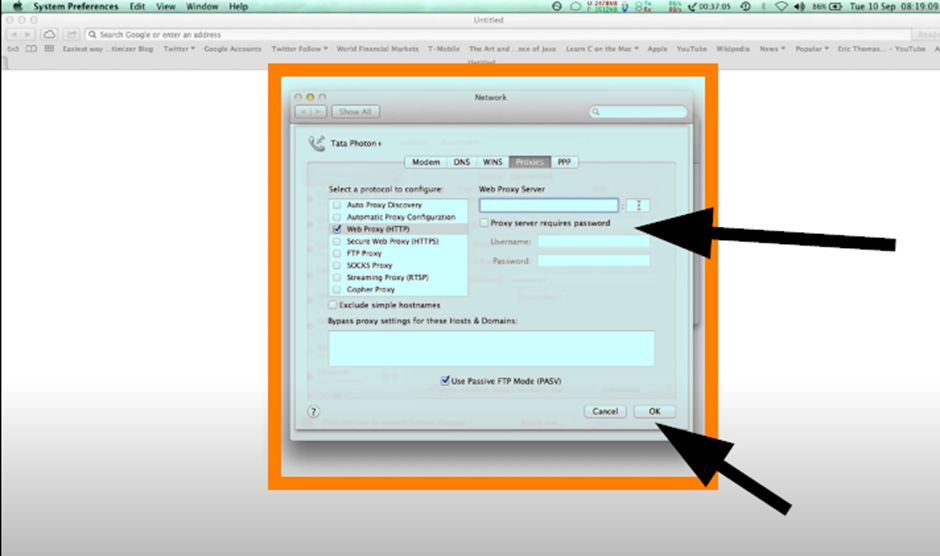
Step 5: Open a new browser tab to authenticate your proxy settings. Enter your NetNut credentials including username and password and Sign in for optimized privacy.
Conclusion
This guide has examined how to navigate the NetNut dashboard to collect the proxy details. In addition, it also provided a step-by-step guide you can follow to configure NetNut proxies on your Safari Browser.
However, if you have any questions, feel free to contact us as we provide 24/7 support to our esteemed customers. Do you have other apps or tools that can be optimized with proxies? Be sure to check out other NetNut integrations.


